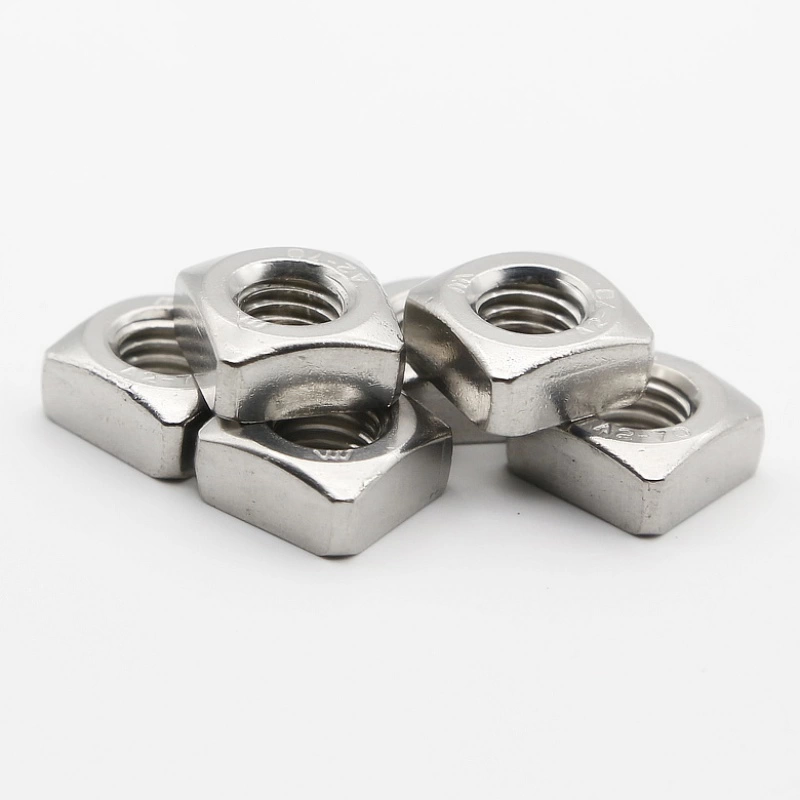

Types of Washers for Increased Fastening Security and Stability
Eki . 14, 2024 17:33 Back to list
Types of Washers for Increased Fastening Security and Stability
Understanding Flat Washers and Lock Washers Essential Components in Mechanical Assemblies
When it comes to fastening and securing components in mechanical assemblies, washers play a crucial role. Among the various types, flat washers and lock washers are two commonly used variants that serve different purposes. This article delves into the functions, types, and applications of flat washers and lock washers, highlighting their importance in ensuring the integrity of mechanical structures.
What Are Flat Washers?
Flat washers are circular discs with a central hole, designed to distribute the load of a fastener—such as a screw or bolt—over a larger area. This simple yet effective design minimizes the risk of damage to the surface being fastened, reduces the potential for loosening due to vibration, and helps prevent corrosion. Flat washers are made from various materials, including metal, plastic, and rubber, allowing for versatility in different environments.
The primary functions of flat washers include
1. Load Distribution By spreading the load over a wider area, flat washers help prevent damage to the materials being joined. 2. Surface Protection They protect surfaces from the wear and tear caused by fasteners. 3. Corrosion Resistance When made from appropriate materials, flat washers can isolate dissimilar metals and prevent galvanic corrosion.
Various types of flat washers are available, including standard washers, finished washers, and fender washers
. Each type serves specific applications, with variations in diameter and thickness catering to different fastening needs.Lock Washers Providing Security Against Loosening
Lock washers, on the other hand, are designed to prevent nuts and bolts from loosening due to vibration or other forces. They come in various designs, such as split lock washers, tooth lock washers, and wave washers, each providing a different locking mechanism.
flat washer lock washer

Split lock washers create tension when compressed, which helps maintain a clamping force. Tooth lock washers feature serrated edges that dig into the surfaces of the bolt and the material being fastened, providing a reliable grip. By contrast, wave washers provide a spring effect, allowing for flexibility and reduced load fluctuations.
The primary functions of lock washers include
1. Vibration Resistance They are particularly effective in applications where vibration can lead to fastener loosening. 2. Reusability Many types of lock washers can be reused without losing their effectiveness, making them cost-efficient. 3. Enhanced Safety By preventing loosening, lock washers contribute to the overall safety and reliability of mechanical assemblies.
Applications of Flat and Lock Washers
Both flat and lock washers are used across various industries, including automotive, aerospace, construction, and electronics. In automotive applications, flat washers are often used in engine assemblies to protect against wear, while lock washers are crucial in securing critical components such as wheel lug nuts. In electronics, flat washers can help prevent damage to circuit boards, whereas lock washers secure connections against vibrations.
Construction applications benefit from the use of flat washers in bridging gaps between beams and joints, while lock washers ensure that structural bolts remain tight over time. Similarly, in the aerospace sector, both washer types are vital for maintaining integrity in high-stakes environments, where safety is paramount.
Conclusion
In summary, flat washers and lock washers are integral components in mechanical assemblies, providing essential functions that enhance the performance and longevity of fastened joints. While flat washers focus on load distribution and surface protection, lock washers ensure that components remain securely fastened against loosening forces. By understanding their distinct roles and proper applications, engineers and technicians can make informed decisions that contribute to the safety and reliability of various machinery and structures. Whether in high-stakes aerospace applications or everyday automotive use, these simple yet effective tools are key players in the world of fastening technology.
Latest news
-
Hot Dip Galvanized Bolts-About LongZe|High Strength, Corrosion Resistance
NewsJul.30,2025
-
High-Strength Hot Dip Galvanized Bolts - Hebei Longze | Corrosion Resistance, Customization
NewsJul.30,2025
-
Hot Dip Galvanized Bolts-Hebei Longze|Corrosion Resistance&High Strength
NewsJul.30,2025
-
High-Strength Hot-Dip Galvanized Bolts-Hebei Longze|Corrosion Resistance&High Strength
NewsJul.30,2025
-
Hot Dip Galvanized Bolts-Hebei Longze|Corrosion Resistance&High Strength
NewsJul.30,2025
-
Hot Dip Galvanized Bolts - Hebei Longze | Corrosion Resistance, High Strength
NewsJul.30,2025

